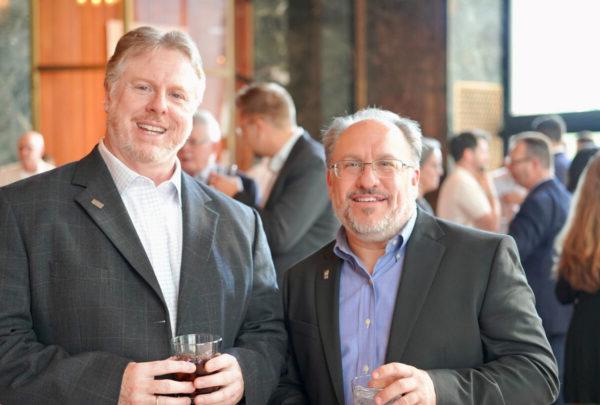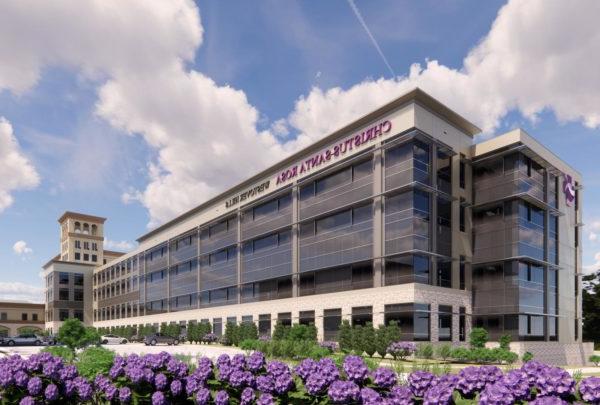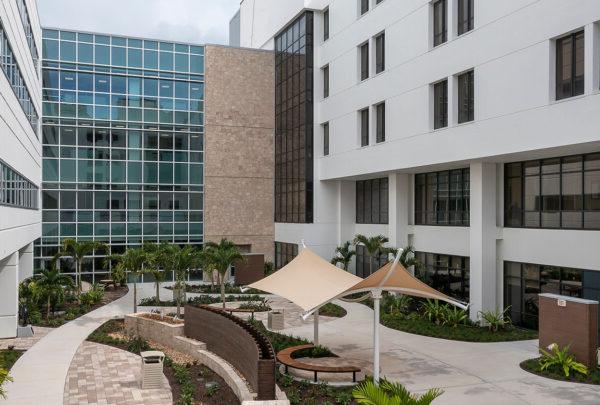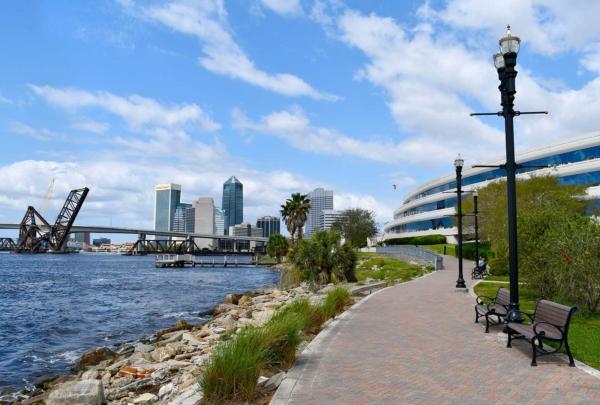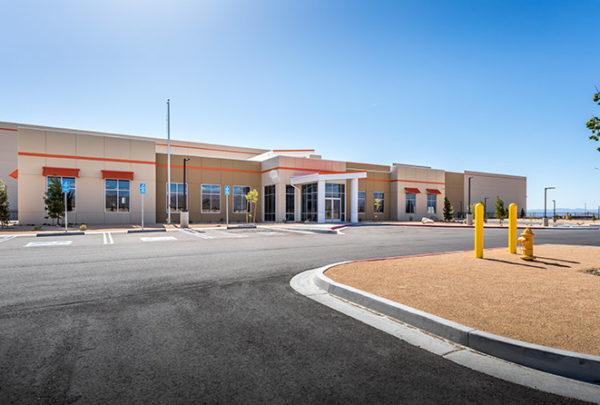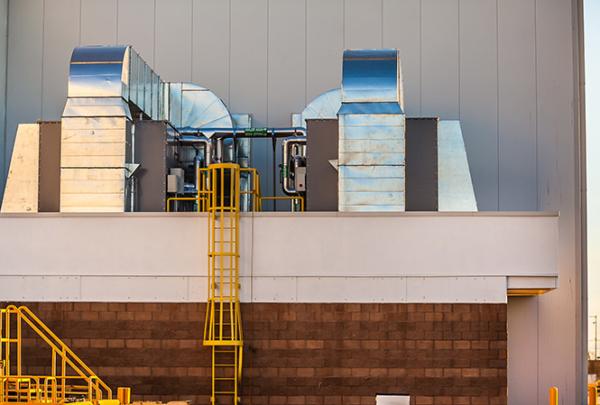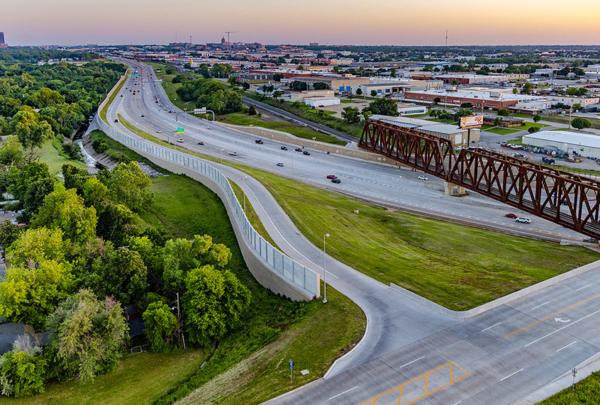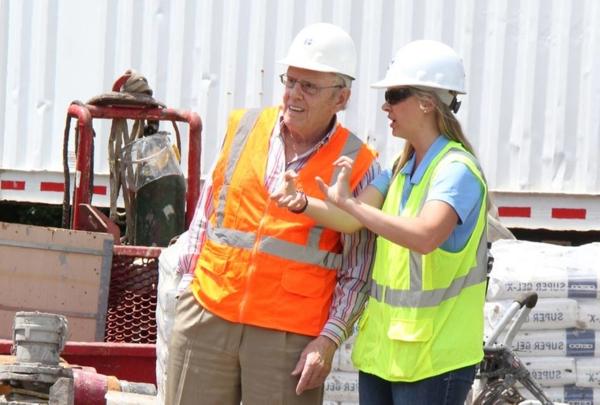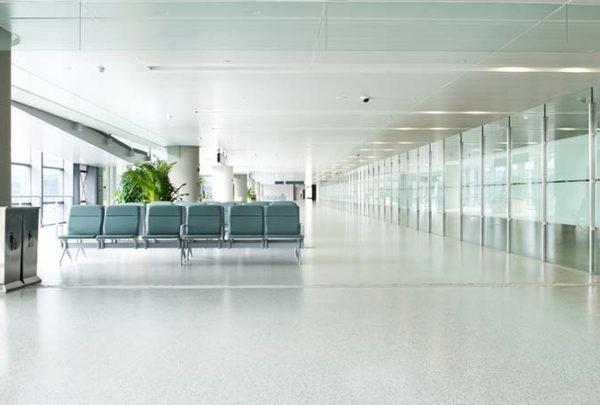The last few months have brought forth many discussions surrounding the effects of COVID-19, both current and long-lasting. While many of us are seeing first-hand the solutions that are in place while COVID-19 is still spreading, others are wondering what the new normal in this world will be post-COVID. As engineers in the healthcare industry, we’ve looked at the effects COVID-19 has had already and how they may continue to change engineering design.
In general, short- and long-term approaches have been considered, as well as different technologies that can help with issues from sanitization to screening. Currently, most facilities settle for tents or tables to screen people for temperature and other COVID symptoms. As re-opening cities and states gets postponed, however, most are wondering how to make these setups more professional and permanent. The short term suggests reconsidering lobby and entrance layouts to accommodate such procedures, but this can be an issue for smaller facilities that may not have the space. Many companies have been investigating options for external or modular stations to conduct screening. These units, as well as permanent options that could involve redesigning lobbies and waiting rooms, would allow for proper and efficient screening, social distancing, and the safe exit of those who do not pass screening. For healthcare specifically, multifunctional and convertible spaces are being considered to aid in rapid and surge response for similar high-volume outbreaks in the future. On the engineering side, these spaces would incorporate additional equipment and higher-powered, higher-capacity systems to assist in transitioning, say, a waiting room to a testing area.
This airborne virus has altered the approach to HVAC design in terms of how rooms can and should be pressurized based on adjacent spaces and their purposes. Typically, rooms are pressurized based on their functionality, but allowing for multipurpose or convertible spaces would require HVAC systems that are able to alter air pressure. Other considerations of equipment that could assist with COVID response are devices that alter the humidity in the room, as one study has shown that lower humidity is associated with increased spread of the virus.[i] Research and consideration of other similar equipment that can help with decontamination and spread prevention are being consistently conducted to see how these systems can be altered and improved for these scenarios.
The case is similar for electrical; systems and equipment could be altered to allow for better responses to large-scale events such as a pandemic. Even before the COVID-19 pandemic, efforts had been made to develop light bulbs that relied on the UV spectrum of light for disinfectant purposes. The wavelength is still safe enough for human contact but ranges far enough into the UV spectrum to sanitize surfaces. These fixtures could be used in almost any area of any facility to provide a consistent means for disinfection. It also will become much more common for contactless devices to be used, such as motion and occupancy sensors for lights instead of physical switches. Even devices that use IR sensing for temperature detection may allow for screening while still following social distancing requirements. For systems as a whole, areas may be designed to accommodate larger electrical loads than would be typical in the past to serve multipurpose spaces in emergencies. Having one or more areas with higher capacities will require larger and more robust equipment. The biggest challenge will be finding the right balance between the required capacity and the additional capacity needed for potential emergencies.
As with electrical, most publicly accessed plumbing fixtures will involve automatic, contactless operation; sinks, toilets, and the like would be motion-activated to eliminate contact between people and objects as often as possible. Systems such as medical gas will be evaluated to determine whether additional supply or a more enhanced system overall would be the best approach for high-volume response based on facility and room functionality.
Overall, while engineers have come up with some effective and creative solutions to many of the issues that have arisen due to this pandemic, there is still much to learn and to be done. It is our responsibility to keep up with the world around us to determine what solutions we may offer, as well as listening to the people we serve to ensure we are providing the solutions they need. Learning and evaluating the “new normal” for the world and for healthcare will help us use our resources and experience to the best of our abilities. We continue to seek out design approaches and technologies that will help the response to COVID-19, as well as use this time to consider what other scenarios we may face and prepare for the future.
[i] http://medicalxpress.com/news/2020-06-humidity-linked-covid-.html













